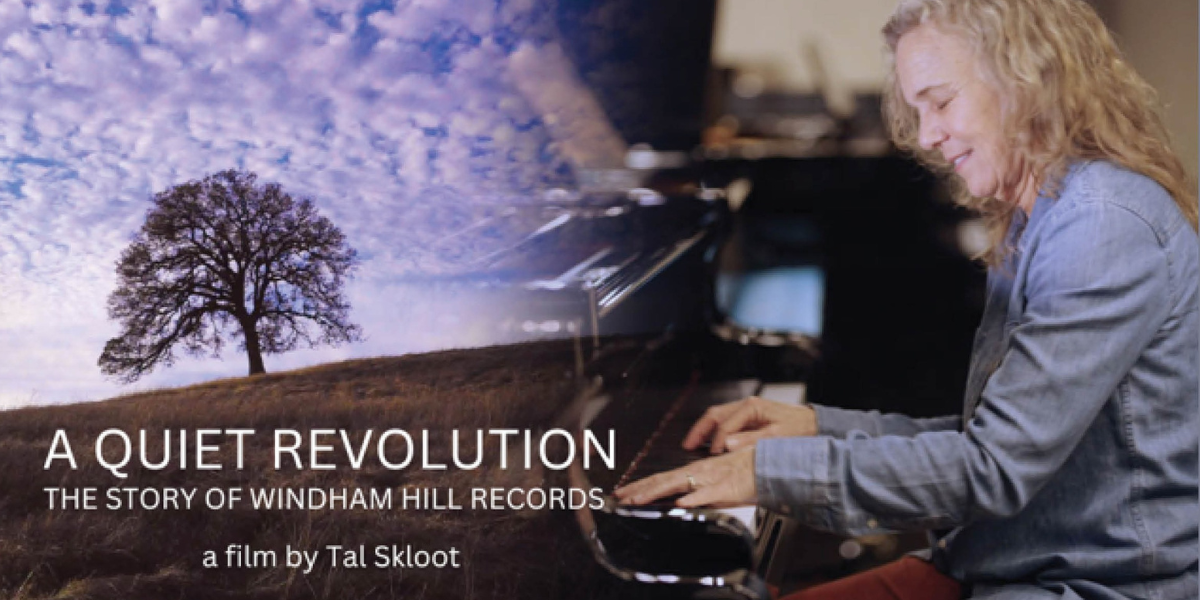The independent documentary world is changing fast — and the old rules for getting your film funded no longer hold. Last month we hosted two in-depth webinar sessions exploring how filmmakers are rewriting the fundraising playbook to not only survive, but thrive in an era of consolidation, shrinking grants, and fewer streamer deals.
Both sessions offered a clear throughline: the future of film funding lies in connection over competition, and in treating fundraising as a creative extension of storytelling — not just a financial necessity.
The New Reality: Why Traditional Funding Isn’t Enough
The landscape for independent filmmakers has changed dramatically. Corporate consolidation, fewer streamer acquisitions, and government cutbacks have squeezed traditional sources like PBS, CPB, and the NEA. Even legacy grantmakers such as Ford and Participant have scaled back.
The result? More filmmakers chasing fewer dollars.
But it’s not all bad news. This shift is also opening space for new, more personal forms of support — from high-net-worth patrons and issue-aligned foundations to companies eager to sponsor meaningful stories.
The takeaway: filmmakers can no longer wait for a gatekeeper’s “yes.” They must build their own ecosystems of support film by film, audience by audience.
Targeted Fundraising: A Smarter Approach
We call it the 90/10 rule: spend 90% of your energy on targeted, issue-aligned fundraising, and only 10% chasing traditional film grants.
That means:
- Thinking locally first — where your story has resonance and relationships.
- Finding cause-driven allies — organizations or funders aligned with your film’s themes (healthcare, environment, justice, education).
- Leading with impact — not your edit budget. Tell potential funders how their support helps create measurable change, not just finish a movie.
And perhaps most importantly, it means seeing fundraising as relational, not transactional. The most successful filmmakers are nurturing the same audiences, funders, and partners from development through distribution.
Crowdfunding Reimagined: A Case Study in Connection

Show&Tell Circle filmmaker Tal Skloot raised $110,000 on Kickstarter for their documentary A Quiet Revolution, about the influential Windham Hill music label.
Their secret? They didn’t treat crowdfunding as a desperate push for cash — but as an audience-building strategy.
Key elements of their success:
- Four months of prep before launch, building relationships with fan communities and artist networks.
- Personalized outreach — tapping into the social and email lists of musicians featured in the film (some with 100K+ followers).
- Meaningful rewards like one-on-one music lessons, not just T-shirts.
- A focused demographic strategy: knowing their core audience (ages 50–70, fans of instrumental music) and skipping platforms that didn’t fit (no TikTok necessary).
- Emotional authenticity: a personal pitch video and a campaign page that told a story, not just made an ask.
The result was more than funding. Tal’s campaign built a living community of backers including journalists, music fans, and industry peers who continue to support the project beyond Kickstarter.
Next Steps for Filmmakers
- Write a one-page “Impact Plan.” Identify your audiences, partners, and measurable goals.
- Map three networks: your own, your subjects’, and your partners’. This is the first step to identifying your target audiences.
- Plan one pilot event. A virtual sneak peek or live preview builds buzz and data.
- Craft your direct-to-camera appeal. Think of a Kickstarter pitch video, but it doesn't have to be limited to Kickstarter. Authenticity beats polish every time.
- Revisit your past donors. A simple update can reignite old supporters.

The way forward: we’re optimistic
The funding landscape may be tougher, but filmmakers are finding success by getting closer to their audiences, telling clearer impact stories, and building networks that last beyond one film.
“We can’t be traditional thinkers in a non-traditional time. We have to fundraise the way we make films — creatively, collaboratively, and from the heart.”
The bottom line: fundraising isn’t separate from distribution. It’s the first stage of it and it continues through the entire life of the project. Just as the Distribution landscape has changed, so has fundraising.
We can help you navigate both.
🎥 Missed the sessions?
Both recordings are available for Show&Tell members — JOIN PRO now to access the conversations and join future webinars.
Not ready for the full Show&Tell membership? Buy a Recording Access Pass to watch — just let us know which recording you'd like (one pass per webinar).


